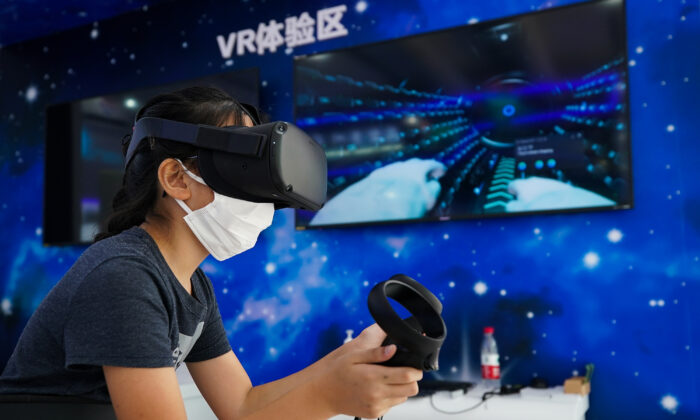South Korean President Yoon Suk Yeol has unveiled plans to invest $6.94 billion in AI by 2027, aiming to solidify the nation’s position as a leader in cutting-edge semiconductor chips. The commitment also includes a substantial $1.32 trillion fund for nurturing AI semiconductor firms.
The investment comes as South Korea faces pressure to keep pace with other major players like the US, China, and Japan, who are also bolstering their semiconductor supply chains through significant policy support.
Semiconductors are a crucial pillar of South Korea’s export-oriented economy. In March, chip exports reached a 21-month high of $11.7 billion, comprising nearly one-fifth of the country’s total exports. President Yoon emphasised the intense global competition in the semiconductor industry, characterising it as an industrial and national battleground during a meeting with policymakers and chip industry executives.
South Korea plans to channel investments and funding towards expanding research and development in AI chips, including artificial Neural Processing Units (NPUs) and next-generation high-bandwidth memory chips to advance its semiconductor capabilities. Additionally, the government aims to promote the development of next-generation Artificial General Intelligence (AGI) and safety technologies beyond current models.
Why does it matter?
President Yoon has set ambitious goals for South Korea to rank among the top three countries in AI technology, including chips, and secure a 10% or higher share of the global system semiconductor market by 2030. He envisions South Korea writing a new semiconductor narrative with AI chips, akin to its dominant position in memory chips over the past three decades. Despite potential disruptions like the recent earthquake in Taiwan, a key semiconductor hub, Yoon emphasised the importance of thorough preparation to mitigate uncertainties for South Korean companies.










